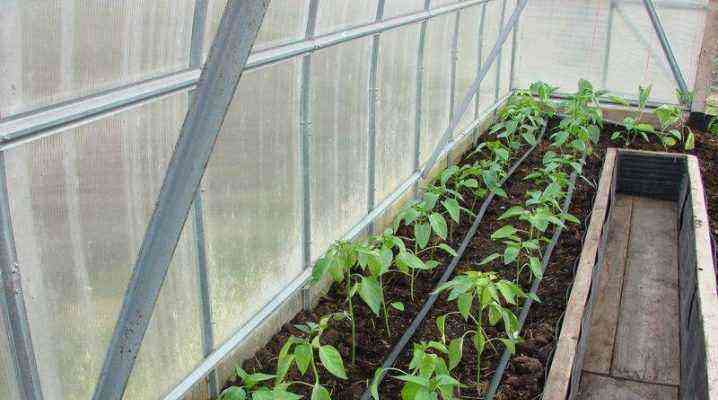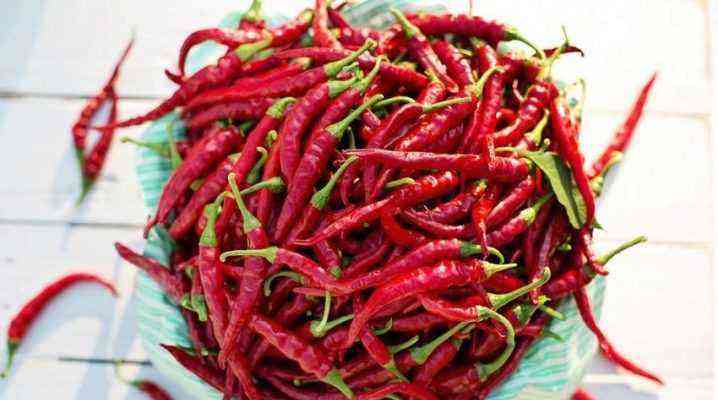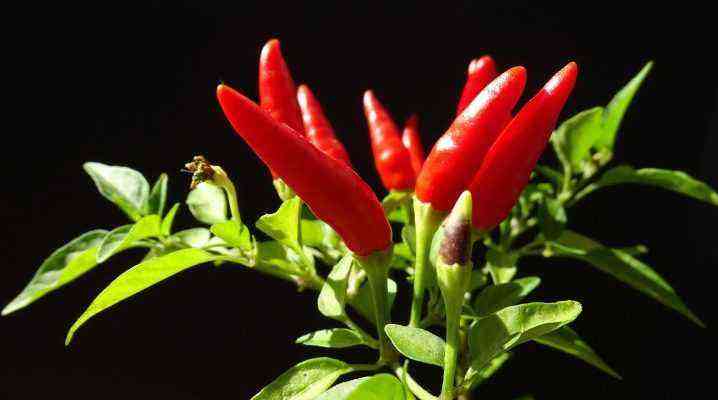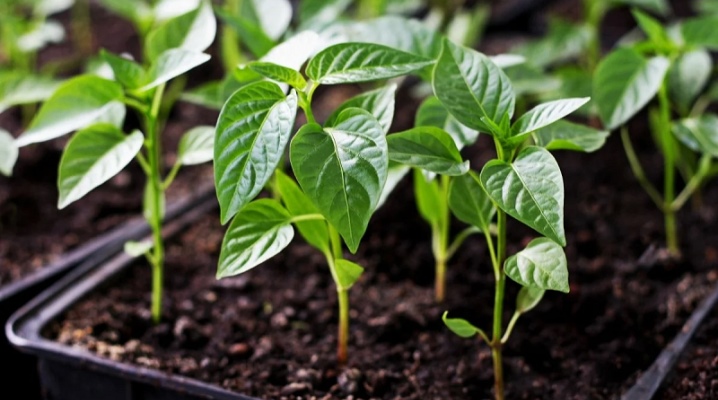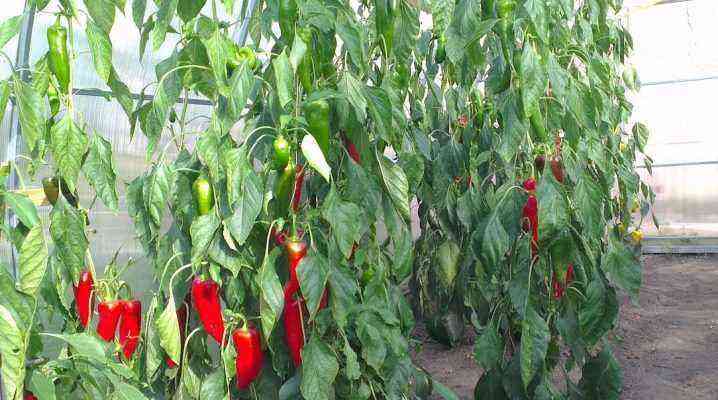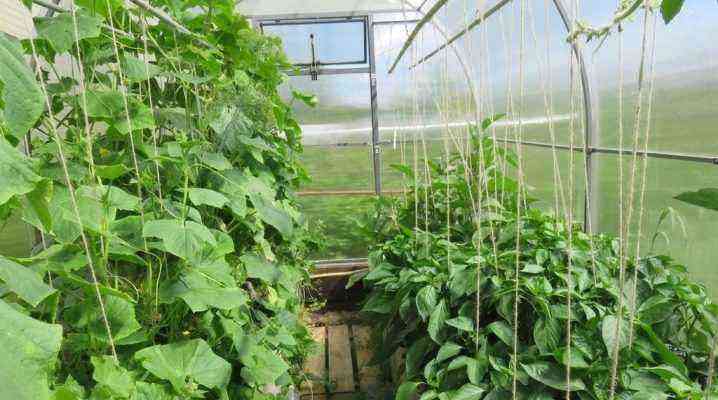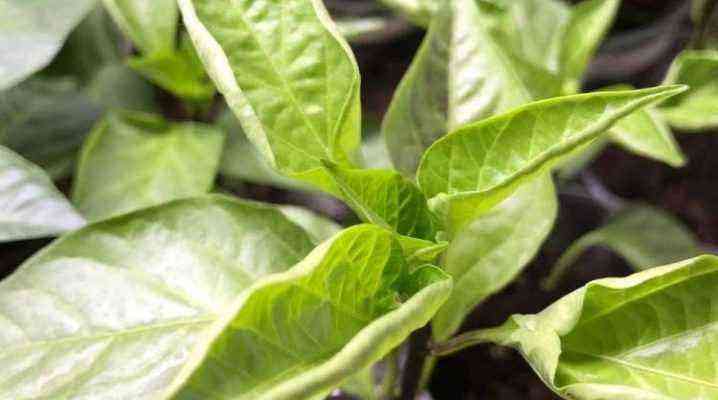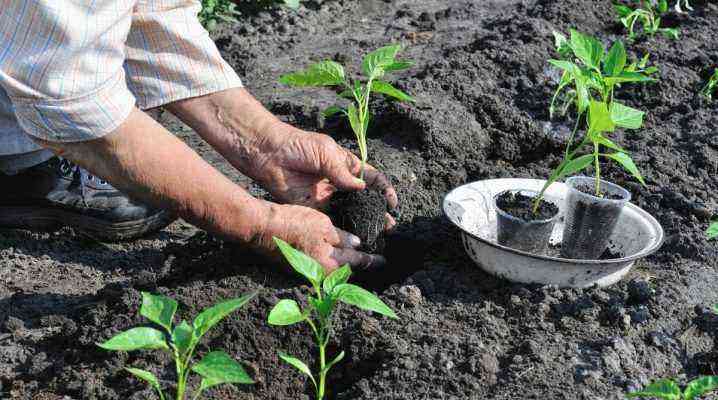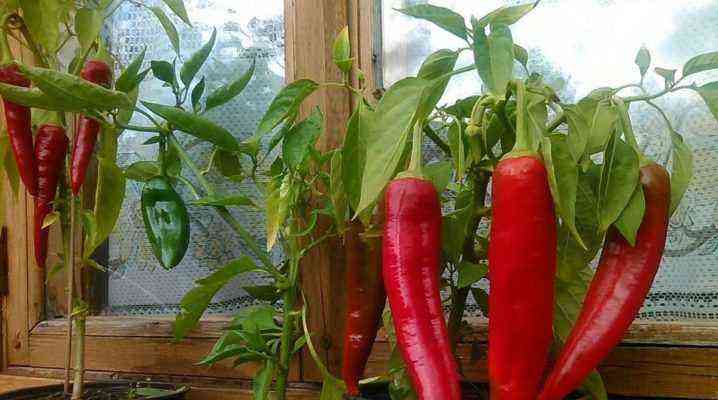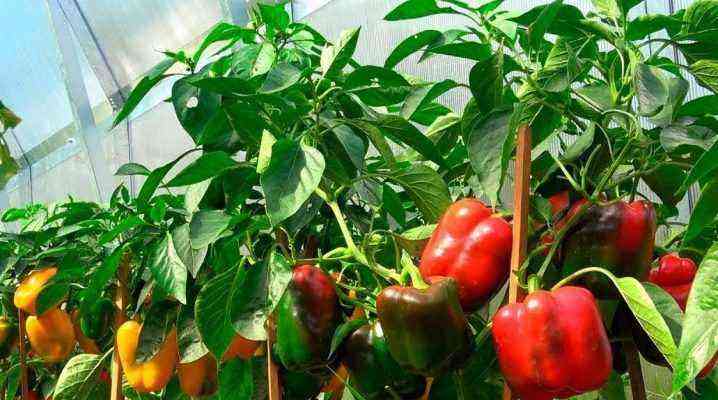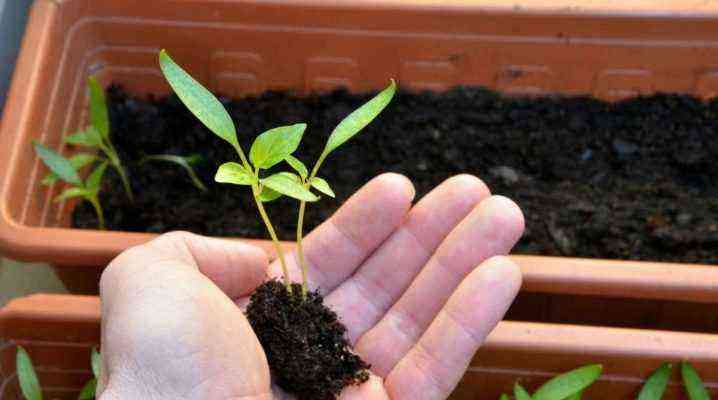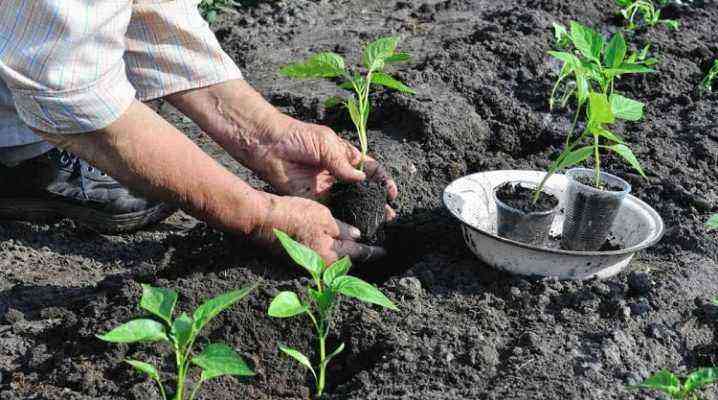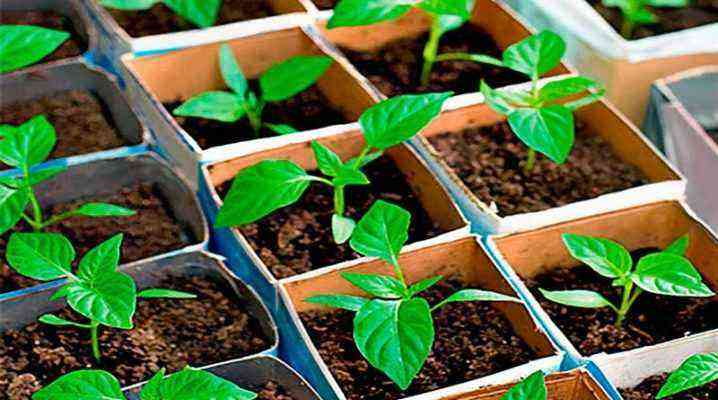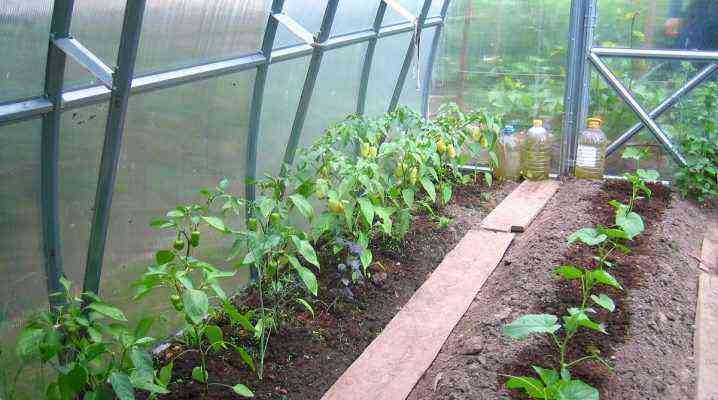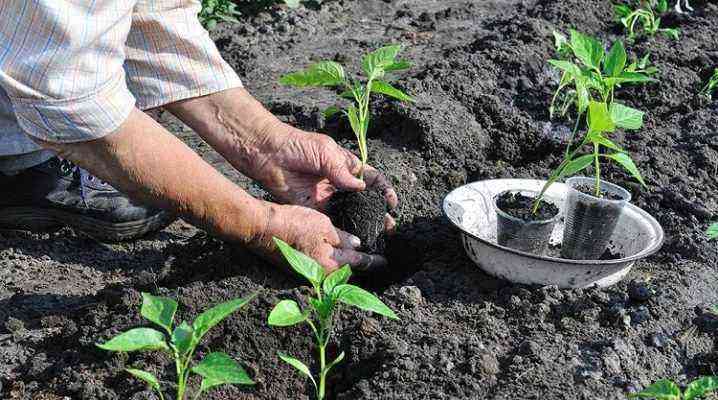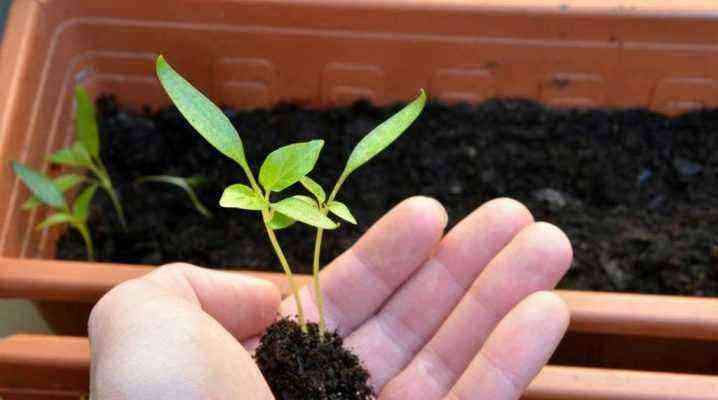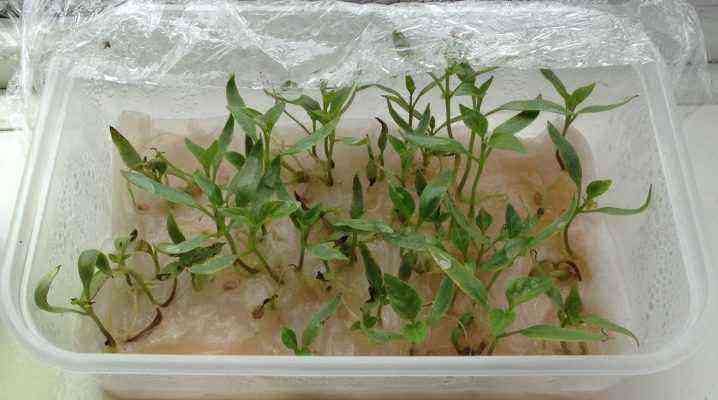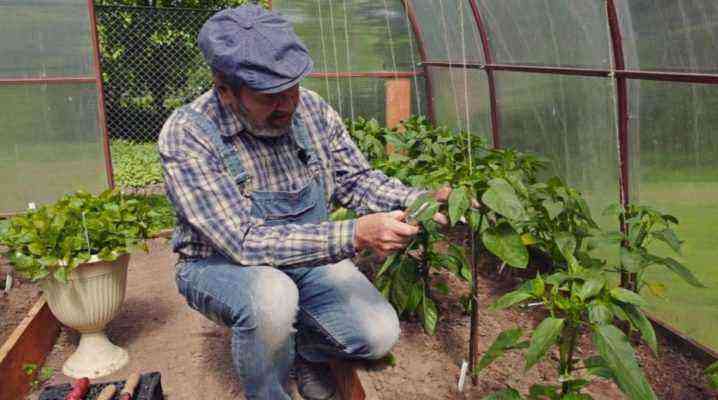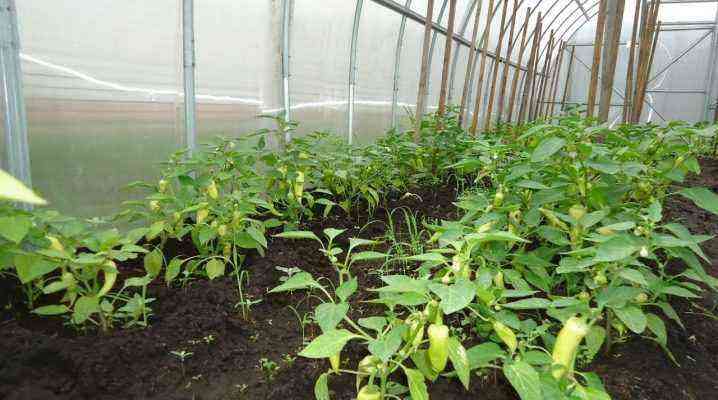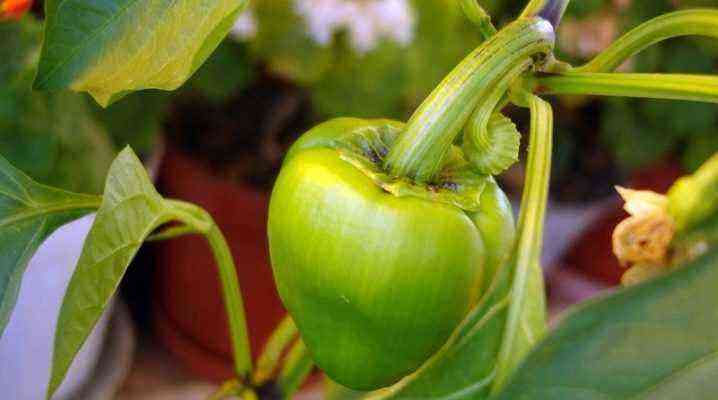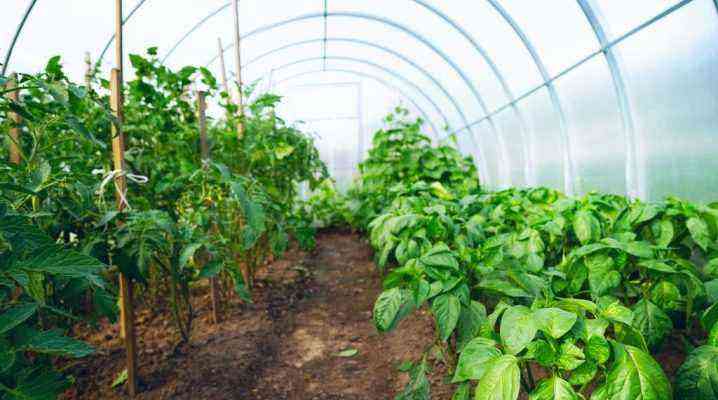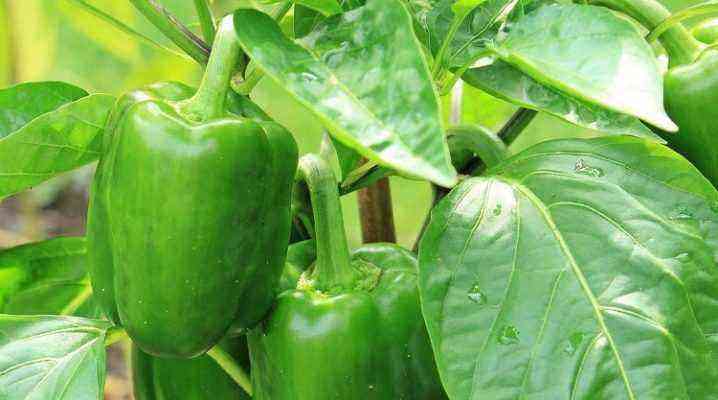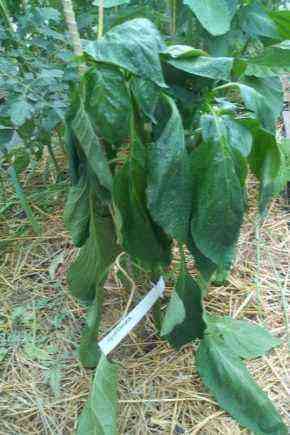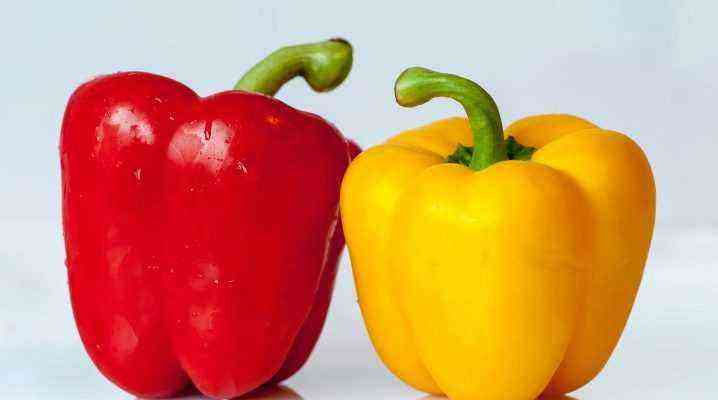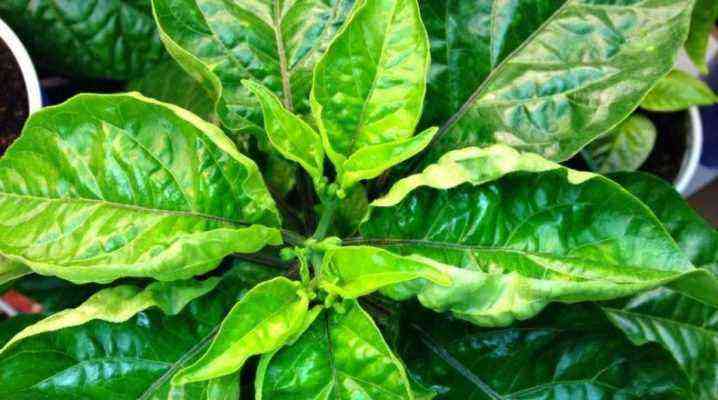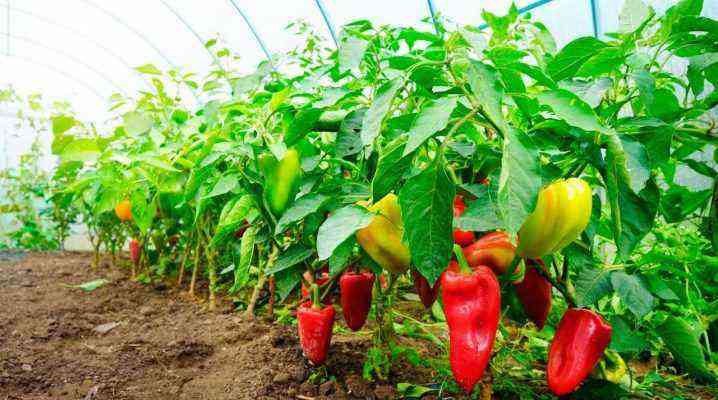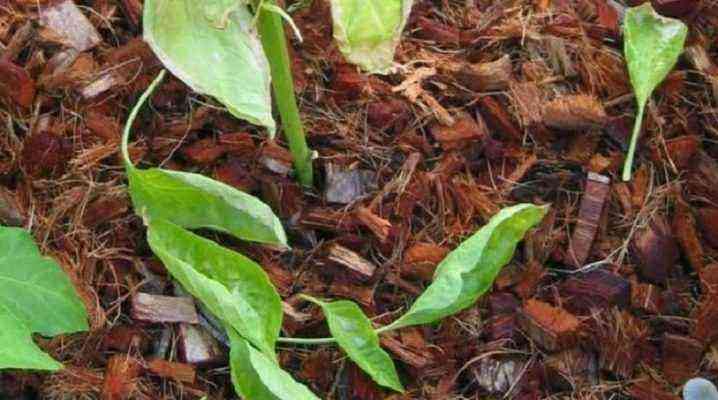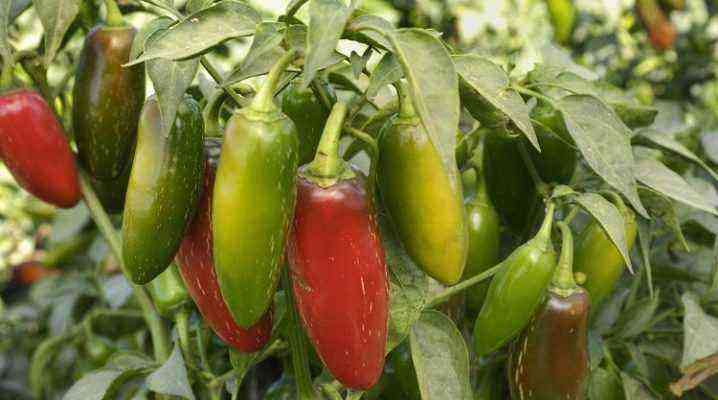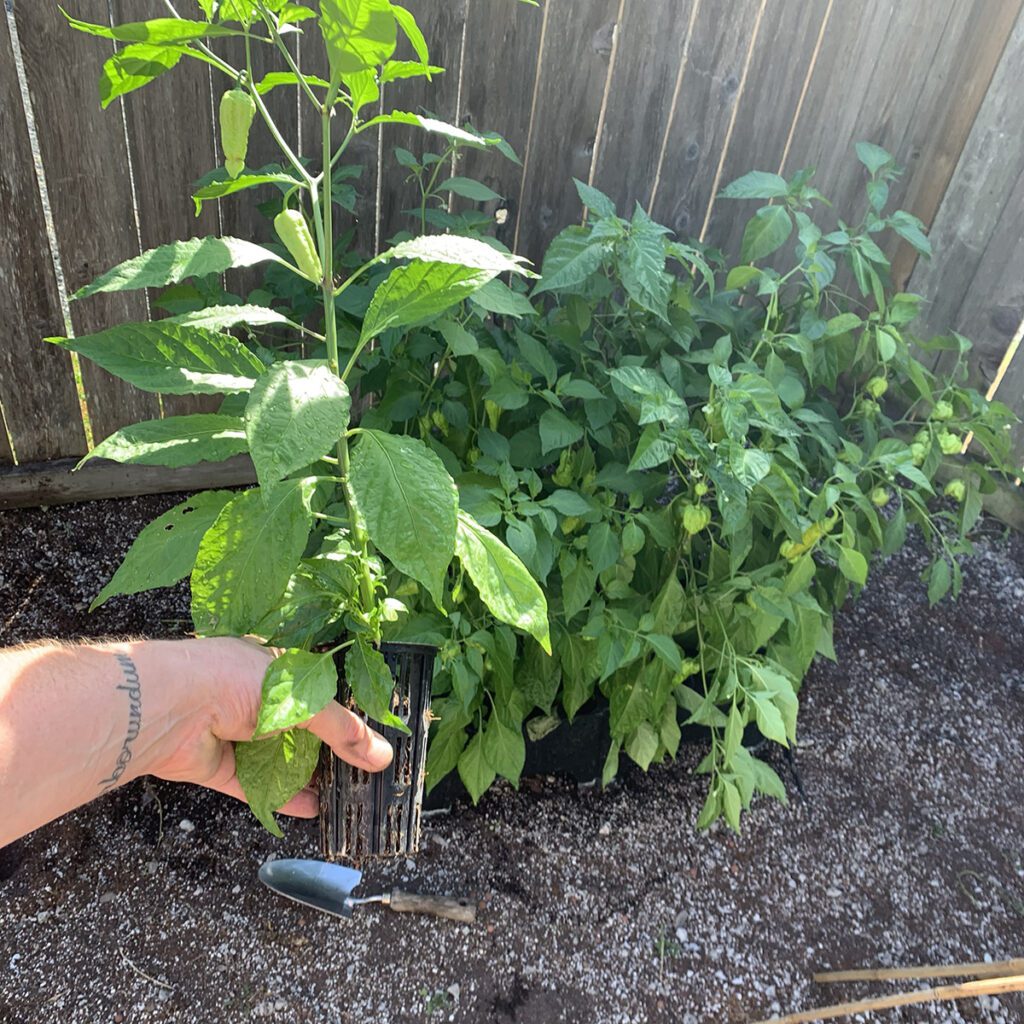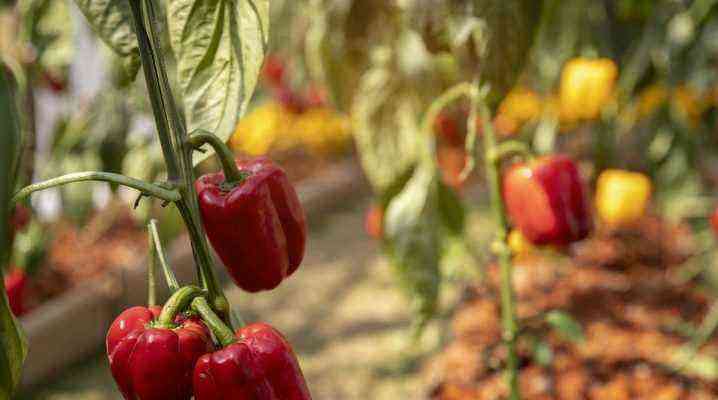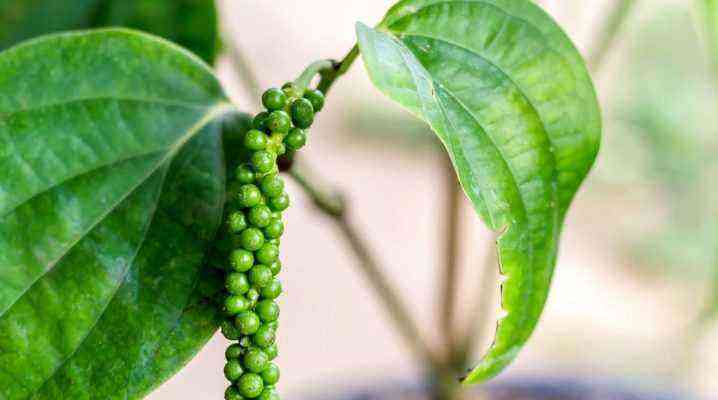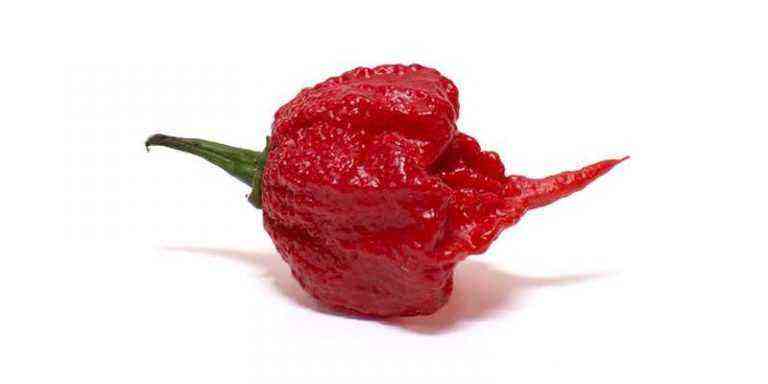Peppers are rather capricious plants that need proper care and good feeding. It is especially important to provide the culture with nutrients in the first weeks of its life. First of all, you need to decide what should be put in the hole when planting seedlings in it.
When planting peppers, you can use proven mineral fertilizers. Superphosphate is best suited for this purpose. You can buy it at any gardening store. When planting pepper seedlings in open ground, put half a teaspoon of the product in each hole.
Various organic top dressings are also popular among gardeners. When choosing a fertilizer, you should pay attention to the following products.
- Humus. It is an ideal organic fertilizer that suits most plants. Therefore, it can be safely used to feed sweet peppers. The main thing is that the manure is well rotted. The use of high-quality humus will not only saturate the earth with useful substances, but also make it lighter and looser. A very small amount of humus is usually added to each well.
- Compost. Many gardeners and gardeners equip compost pits in their area. This is a great way to store all plant and food waste in one place. The compost itself is an excellent fertilizer for many plants. Peppers are no exception. When planting young plants, only one handful of compost is added to each hole. It is placed in the holes immediately before the seedlings are placed there.
- Biogumus. This fertilizer is also great for feeding young seedlings. Biohumus is often called vermicompost. It is organic, processed by worms. Manure, chicken manure, straw, fallen leaves and various wastes are usually added to a container with biohumus. The use of organics processed by worms allows you to accelerate the growth of young peppers, improve soil structure and increase plant yields. When planting, very little product is added to the soil. Only half a spatula of biohumus is usually placed in each well.
Many gardeners also like to use time-tested folk dressings on their site.
- Onion husks. Gardeners use this product to feed a large number of plants. You can collect the right amount of husk in just a couple of days. To prepare a high-quality top dressing, a dry product must be poured with boiling water and left in this form for a couple of hours. After that, you need to get rid of excess fluid. The husk prepared in this way can be brought into the wells. It is laid in a thin layer at the very bottom of the hole.
- Wood ash. Such a product is also highly valued by gardeners. Ash is a source of a large amount of nutrients. In addition, it protects plant roots from fungal diseases. Fertilizing the soil with this product is very simple. A glass of ash should be placed in each hole when planting. This will help provide the pepper with all the substances that it needs in the first stage of development. For plant nutrition, only pure ash is used, in which there are no impurities in the form of burned garbage.
- siderates. When planting plants in open ground, green manure plants can also be introduced into the holes. Gardeners sow them in the fall, after the end of the fruiting of plants that were previously located in the selected area. In the spring, green manure is buried in the ground. After carrying out this procedure, pepper in the selected area quickly grows.
- Feathers. This is a rather unusual product used by gardeners to feed plants. This fertilizer is organic and safe. For soil application, you can use goose or chicken feathers from old pillows. It is quite simple to introduce such a product into the soil. First you need to dig a hole and make a small depression in it. Put a handful of feathers in there. From above, this recess is covered with a small layer of earth. After that, the hole must be watered with a solution of “Fitosporin”. To prepare it, a tablespoon of the drug is diluted in 10 liters of water. This tool helps protect the plant from most common diseases. After the solution is completely absorbed by the soil, young peppers can be planted in the hole.
- Banana skins. Dry well before using this product for plant nutrition. Add a handful of chopped peel to each well. This will help saturate the soil with more nutrients. The use of banana peel when planting plants allows you to accelerate the growth and flowering of peppers, as well as increase their yield. Before making top dressing in the hole, you also need to make a small indentation in it. After filling it with dry fertilizer, a thin layer of nutrient soil should be poured on top. After that, young plants are planted in the ground.
- Eggshell. The product is rich in calcium and other beneficial substances. Therefore, it is often used for plant nutrition. Eggshells also help improve soil structure. Before using top dressing, it must be thoroughly crushed. Only one handful of the resulting product is added to each well. It is not worth pouring too much dry powder into the pits.
You can achieve high yields of pepper by following the simple advice of experienced gardeners.
- Do not plant plants in the same place several times in a row. In addition, it is not recommended to place pepper beds where eggplants, potatoes or tomatoes have grown before. These plants very quickly take away from the soil the nutrients that pepper needs so much for normal development. Therefore, the soil is rapidly becoming poorer, and the yield of bushes is decreasing.
- If the soil in the selected area is too acidic, in the fall it is necessary to carry out procedures aimed at reducing its acidity. To do this, lime mortar or dry wood ash is usually added to the soil. It is best to use the ashes left after burning dry branches and foliage for this purpose.
- Immediately after planting pepper in open ground, the plant must be covered with a film. Without additional protection, heat-loving plants can suffer from cold weather. In the film, it is necessary to make several small holes necessary for air circulation. It is worth removing such a shelter only after the temperature rises to +10 degrees at night.
- The mulching of the beds immediately after top dressing also has a positive effect on the condition of the pepper. This helps protect the earth from drying out and overheating. For mulching peppers, it is best to use sawdust or peat. They additionally saturate the soil with nutrients.
- Treating the area with a hot solution of ordinary potassium permanganate will help protect plants from infection. The product should have a light pink color. In addition to potassium permanganate, ordinary copper sulfate can also be used to disinfect the site. In a bucket of warm water, a tablespoon of dry product is diluted. The resulting solution is immediately watered over the area where the pepper will be grown. The use of this product allows you to protect it from pests and most common diseases.
